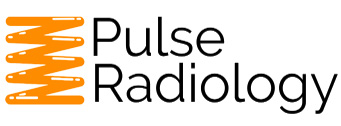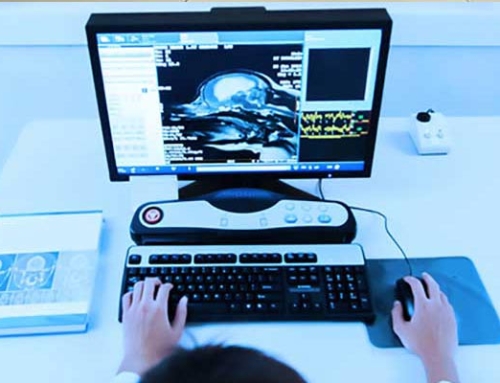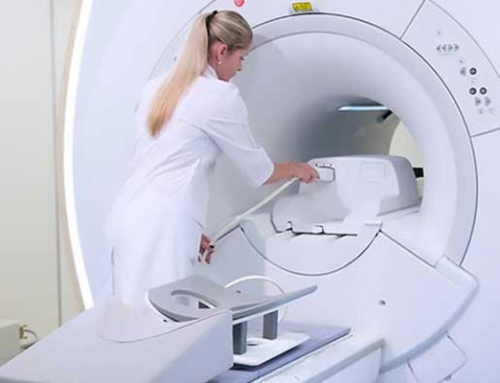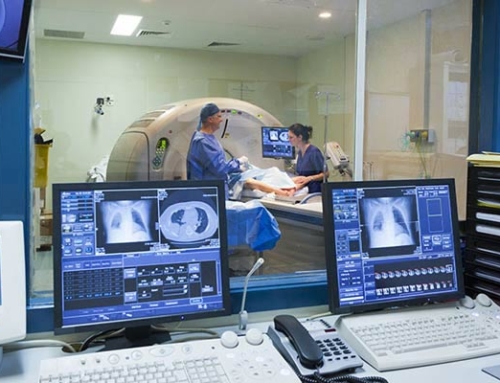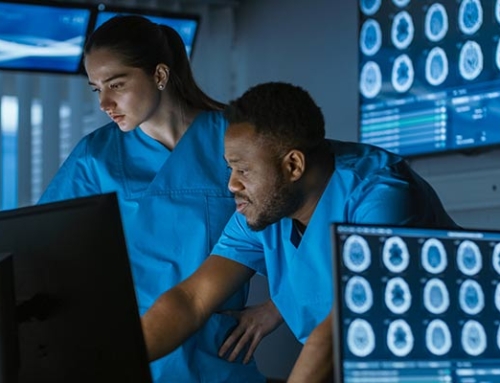Since mammography is an x-ray system, you will need to undergo formal training and obtain a certificate recognized by the American Registry of Radiologic Technologists (ARRT) to work with it. At Pulse Radiology, we offer programs on how to become a mammographer.
If you are a radiologic technologist, you should already have an associate or more advanced degree and ARRT certification. While it is possible to work with mammograms without the additional certification, you still need to be a registered radiologic technologist before you can work with any type of x-ray because this ensures that you have received sufficient training in handling the machinery and understanding the process.
Nevertheless, most states do still require the mammography certificate on top of your associate degree, so it will certainly be advantageous for your career to pursue further education.
Tips on How to Become a Mammographer
To become a mammographer, you will need to do additional didactic coursework and clinical training to get your mammography certification. This type of program will involve curriculum-based instruction, which can either be in a classroom setting or online. The curriculum will be covering ARRT-approved topics, such as the following:
- Breast anatomy and physiology
- Breast MRI
- Positioning and compression of mammography
- Imaging of patients with breast implants
Through the coursework, the students will be able to understand how to perform image procedures and evaluations. It is particularly important to learn how to evaluate results, summarize them, and share the information with physicians or doctors. Once that is completed, you will need to do clinical training to learn how to work with the mammography machine. You will need to perform a minimum of 25 mammography examinations under supervision to successfully finish the training.
The radiology program and training are designed to supplement your career as a radiologic technologist. This means that you can study part-time or full-time, so long as it is done within the recommended 2-year period. A full-time course load usually takes about 4 months. For this reason, it is recommended that you wait at least a year before pursuing further training. While this rule no longer exists, it is still a good tip to follow because it will help you be more productive. With at least one year of experience, you will already understand what it’s like to work with patients and the day-to-day processes involved as an RT. You will have a routine down and understand how much time you will have to study. Furthermore, this will allow you to gain more practical work experience before you expand your skills further.
In addition to all these, pursuing an additional accreditation will enable you to learn the latest advances in radiology technology. This will help you stay ahead of your competition as you become a mammographer. For more information regarding the program, contact Pulse Radiology, and you will be able to start as soon as possible through their online curriculum.
Additional Information Related to MRI Tech Salary
